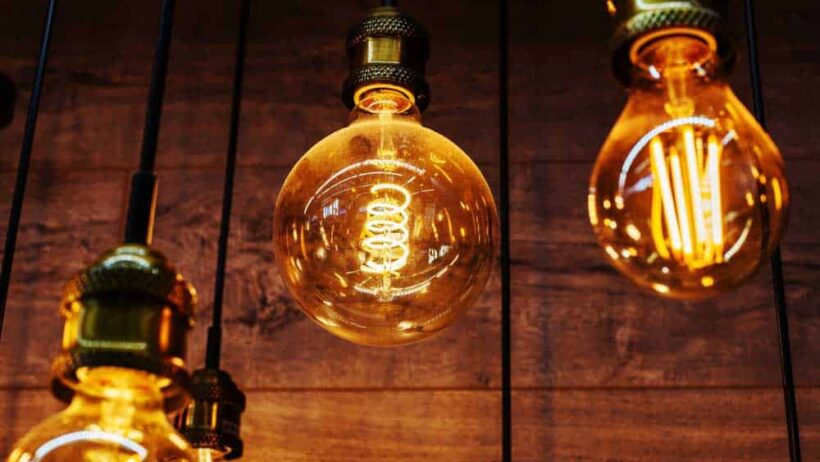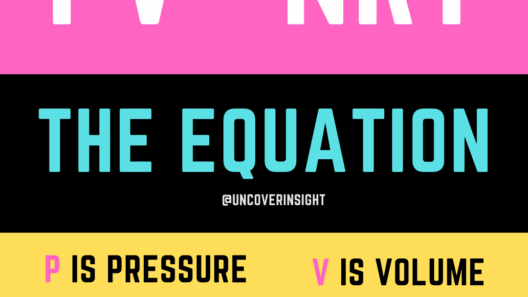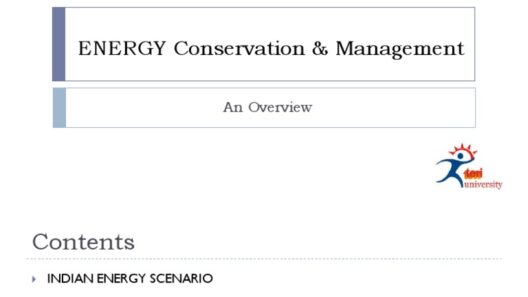In recent years, the illuminated landscape of our homes, businesses, and public spaces has transformed dramatically, largely due to the advent of LED technology. But amid the vibrant spectrum of hues and sleek designs, a pressing question arises: Do LED lights conserve energy, or do they merely aim to dazzle with their aesthetic appeal? This inquiry invites a deeper exploration into the environmental implications, economic benefits, and the underlying science of LED lighting.
Initially, let us consider the fundamental principle of energy conservation in lighting technologies. Traditional incandescent bulbs, long considered the standard, typically convert less than 10% of their energy into visible light. The majority of the energy consumed is wasted as heat. In stark contrast, LEDs (Light Emitting Diodes) operate through a process of electroluminescence, which significantly enhances their efficiency. By converting around 80-90% of their energy into light, LEDs present themselves as paragons of energy efficiency.
On closer examination, the energy savings offered by LED lights are not merely a matter of consumption; they culminate in substantial reductions of carbon emissions and a positive environmental feedback loop. When more energy-efficient lighting options replace traditional fixtures in residential and commercial settings, the reduction in power demand alleviates the burden on power plants. This shift translates to less fossil fuel combustion and fewer greenhouse gas emissions, thus contributing to the overarching goal of mitigating climate change.
However, one may wonder: Is the transition to LED lighting genuinely motivated by a commitment to conservation, or has the glamorous facade of contemporary lighting designs lured consumers into a trend? This dichotomy resides in consumer behavior. While some individuals are driven by the desire to reduce their carbon footprint, others may be drawn primarily to the trendy aesthetics and color options that LED technology has introduced. The playful contrast presents a challenge: How do consumers differentiate between a genuine environmental commitment and mere fashion sense?
To address this challenge, we must delve deeper into the compelling benefits of LED technology. One of the most prominent advantages lies in longevity. LEDs boast a lifespan of up to 25,000 hours, compared to the 1,000 hours for incandescent bulbs. This translates to less frequent replacements and, subsequently, reduced waste. The longer lifespan of LEDs not only conserves resources but also diminishes the energy required for manufacturing, packaging, and transportation. The cumulative impact of these factors can lead to an enormous decrease in ecological footprints over time.
Moreover, the versatility of LED lights provides further avenues for energy conservation. Available in various colors and designs, LEDs can be implemented in multiple settings, from residential homes to commercial spaces, street lighting, and architectural designs. This multifaceted applicability encourages individuals and organizations alike to adopt energy-efficient practices in diverse sectors. The uniformity in design and adaptability allows for innovations like smart lighting systems, which utilize sensors to optimize energy use. These systems automatically adjust brightness based on occupancy and ambient light, further enhancing overall energy efficiency.
Nevertheless, addressing the environmental impact of LED lights requires a nuanced perspective. The production of LEDs involves rare earth metals and other materials that come with their own environmental cost. Mining these resources can be detrimental to ecosystems and often involves energy-intensive processes. Thus, the question arises: Does the end justify the means? To genuinely champion conservation, a holistic approach to the entire lifecycle of LED products is necessary. This encompasses not just the energy savings during use, but also considers manufacturing and end-of-life disposal practices.
In addition to scrutinizing production methods, one must contemplate the disposal of LEDs. As they become more ubiquitous, issues surrounding e-waste increasingly surface. It is crucial that adequate recycling programs and responsible disposal methods for LED lights are developed and implemented. When LEDs reach the end of their life cycle, improper disposal can lead to hazardous substances contaminating the environment. Furthermore, educational campaigns highlighting the importance of recycling can enhance consumer awareness and participation.
As we navigate the landscape of energy-efficient lighting, it becomes increasingly apparent that LED technology represents a significant advancement in energy conservation, endorsing both environmental and economic benefits. The prowess of these lights in conserving energy is clear; however, the challenge remains in cultivating an informed consumer base that values sustainability over superficial allure.
In light of this comprehensive evaluation, the initial query takes on richer dimensions. LED lights conserve energy by providing effective illumination, promoting longevity, and fostering innovative uses that reduce our carbon footprint. Yet, as consumer preferences ebb and flow with trends, the potential for superficial motivations poses a challenge that advocates for sustainability must address. By encouraging conscious consumption and responsible practices, we can celebrate the beauty of LED technology while genuinely committing to environmental conservation.
In conclusion, the journey toward sustainable lighting solutions embodies the complexities of modern consumer culture. The tantalizing intersection of energy efficiency and trendy aesthetics encapsulates a critical challenge for the future. As society moves forward, the imperative to embrace energy conservation in all facets of our lives grows increasingly urgent. It remains essential to continually advocate for awareness and education surrounding these technologies, ensuring that their adoption transcends mere style and fosters genuine environmental stewardship.








